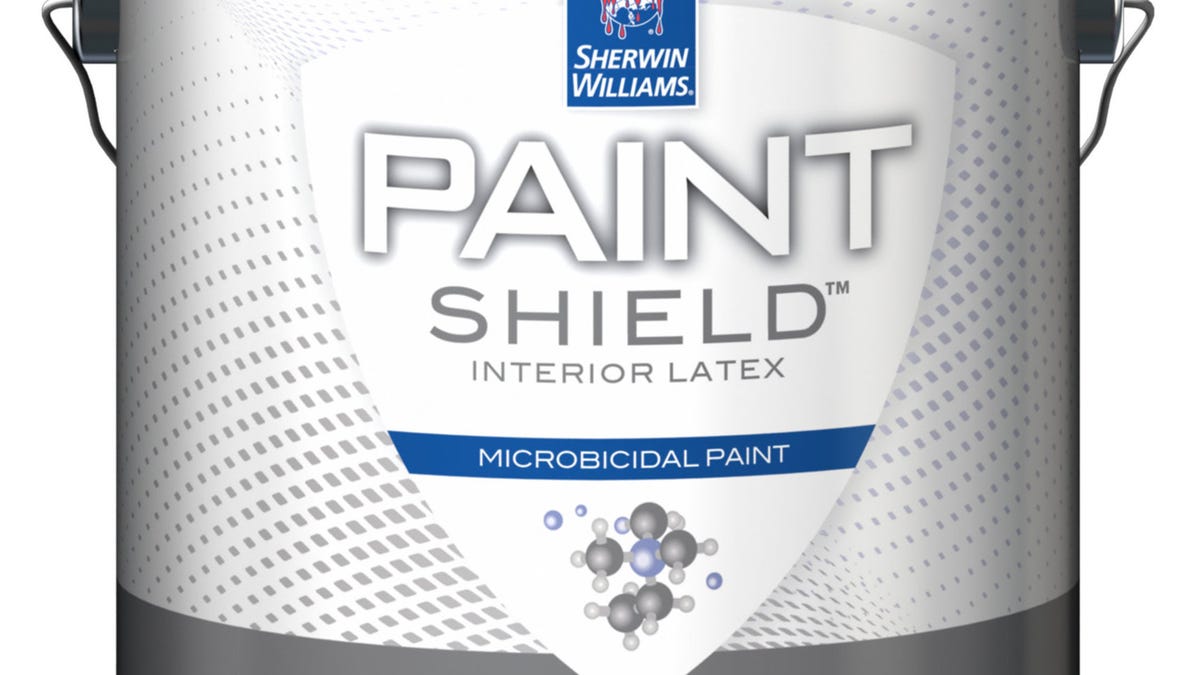Bacteria-slaying paint wants to disinfect a wall near you
A microbe-killing paint could soon decorate the halls of hospitals, cruise ships and schools in an effort to reduce contagious infections.
The very walls of hospitals could become germ-fighting structures. It sounds sci-fi, but paint maker Sherwin-Williams is introducing Paint Shield, a microbicidal paint that kills infection-causing bacteria. The company says it's the first microbicidal paint to be registered with the US Environmental Protection Agency.
Germophobes may clamor for the paint for their homes, but it's designed for more industrial applications in hospitals, athletic facilities, schools and cruise ships. US-based Sherwin-Williams, which distributes internationally, announced the new paint on October 28. It will be available in stores in early 2016.
According to Sherwin-Williams, the paint will "kill greater than 99.9 percent of staph (staphylococcus aureus), MRSA (methicillin-resistant staphylococcus aureus), e. coli (escherichia coli), VRE (vancomycin-resistant enterococcus faecalis) and enterobacter aerogenes after two hours of exposure." It also inhibits the growth of common microbes.
Sherwin-Williams developed the interior latex paint in conjunction with scientists and microbiologists specializing in coatings. It will be available in 590 colors, though hospitals aren't always known for their fashion-forward paint schemes.
A study released in the New England Journal of Medicine in 2014 gathered survey data from 2011 from 183 US hospitals. It found that 1 in 25 patients acquire an infection while in the hospital. The most common types were pneumonia, surgical-site infections and gastrointestinal infections.
The paint comes with a standard set of cautions that it may cause eye irritation and should be kept away from contact with eyes, skin and clothing. According to the paint's pesticide registration notice with the EPA, it uses alkyl dimethyl benzyl ammonium chloride as an active ingredient. This can also be found in certain consumer and industrial products, including spray disinfectants, cleaners and mouthwashes.
This isn't the only advance in the battle against bacteria. Corning came out with an antimicrobial version of Gorilla glass earlier this year with the new product destined to take up residence on ATM machines, the sort of shared surface that can become quite the petri dish during flu season. And a couple of teens invented a germ-killing door handle to reduce the ick factor of getting in and out of the bathroom.
The paint isn't instant death for microbes. There's still that two-hour window to worry about, but Sherwin-Williams hopes it will play a role in reducing hospital-acquired infections.


